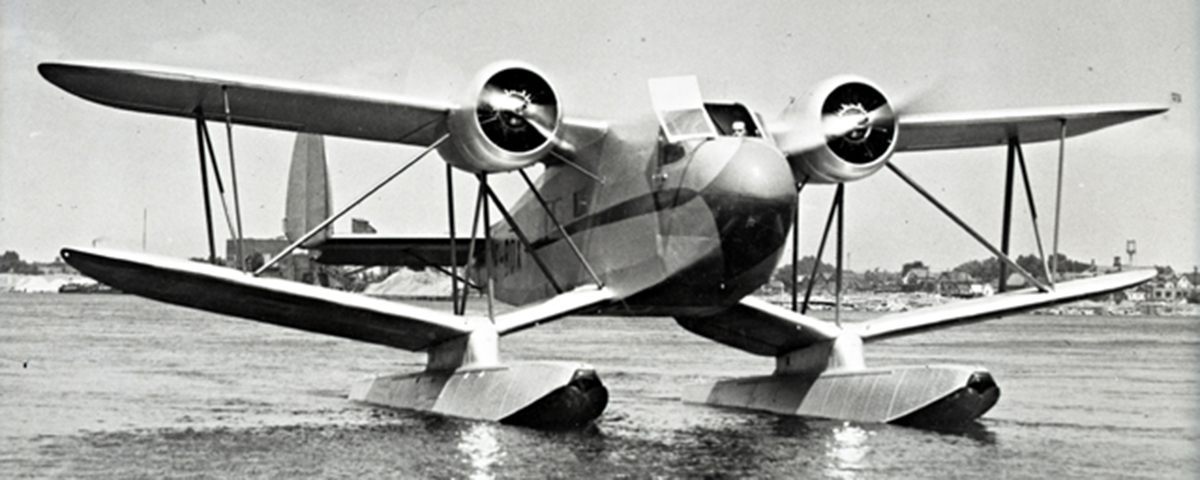Fleet 50 Freighter
First flown on February 22, 1938, the Fleet 50 Freighter belonged to that rare breed of aircraft called the bush plane. It was designed and built in Canada, a nation long associated with that highly specialized facet of aviation. In that respect, one might think of the Fleet 50 as the granddaddy of the famous de Havilland Canada Twin Otter.
A twin-engine biplane, the Fleet 50 was ruggedly built and simple to maintain, with provision for interchangeable wheel or float landing gear—all necessary attributes for an aircraft intended for operation from remote places. A pair of 330-hp Jacobs air-cooled radial engines supplied power. Although the wings lacked modern high-lift slots and flaps, the biplane configuration bestowed sufficient lift and drag to enable the aircraft to operate into and out of small, remote fields and lakes. Of mixed metal, wood and fabric construction, it could accommodate a crew of two and up to 10 passengers. What distinguished the Fleet Freighter from most other commercial aircraft of the period was its proliferation of large cargo access doors, including a cargo hatch in the bottom of the nose through which extra-long items could be loaded and discharged. There was also a chain hoist in the roof of the fuselage to aid in the handling of heavy items.
The Fleet 50 proved to be somewhat underpowered, and could not maintain altitude on one engine. As a result, only five examples were completed, the last of which was retired from service in 1946. The wreckage of a Fleet 50 that crashed in Labrador in 1944 was salvaged in 1964. It is currently preserved at the Canadian Aviation and Space Museum in Ottawa, which hopes to restore the aircraft.

